tunielauren.com
Artist BioTunie Betesh (b. 1991) is an artist, born and raised in Brooklyn and currently based in New York City. Tunie received her undergraduate degree at New York University (2013), where she studied Applied Psychology with a focus on music therapy. She was the dark room labs manager at Tisch school of the arts, NYU between 2012-2013. She studied Hebrew while living in Israel in 2013. Tunie worked independently as a painter whilst taking classes at the Art Students League in Manhattan between 2014-2016.
Tunie has shown her work publicly at Two hands restaurant, NYC, 2016, Gender Studies Labors of Love,The New School, 2017, and Venice Art Crawl Fundraiser, Los Angeles, CA, 2018. Tunieis a 2019 graduating MFA Fine Arts student at Parsons School of Design, NY.
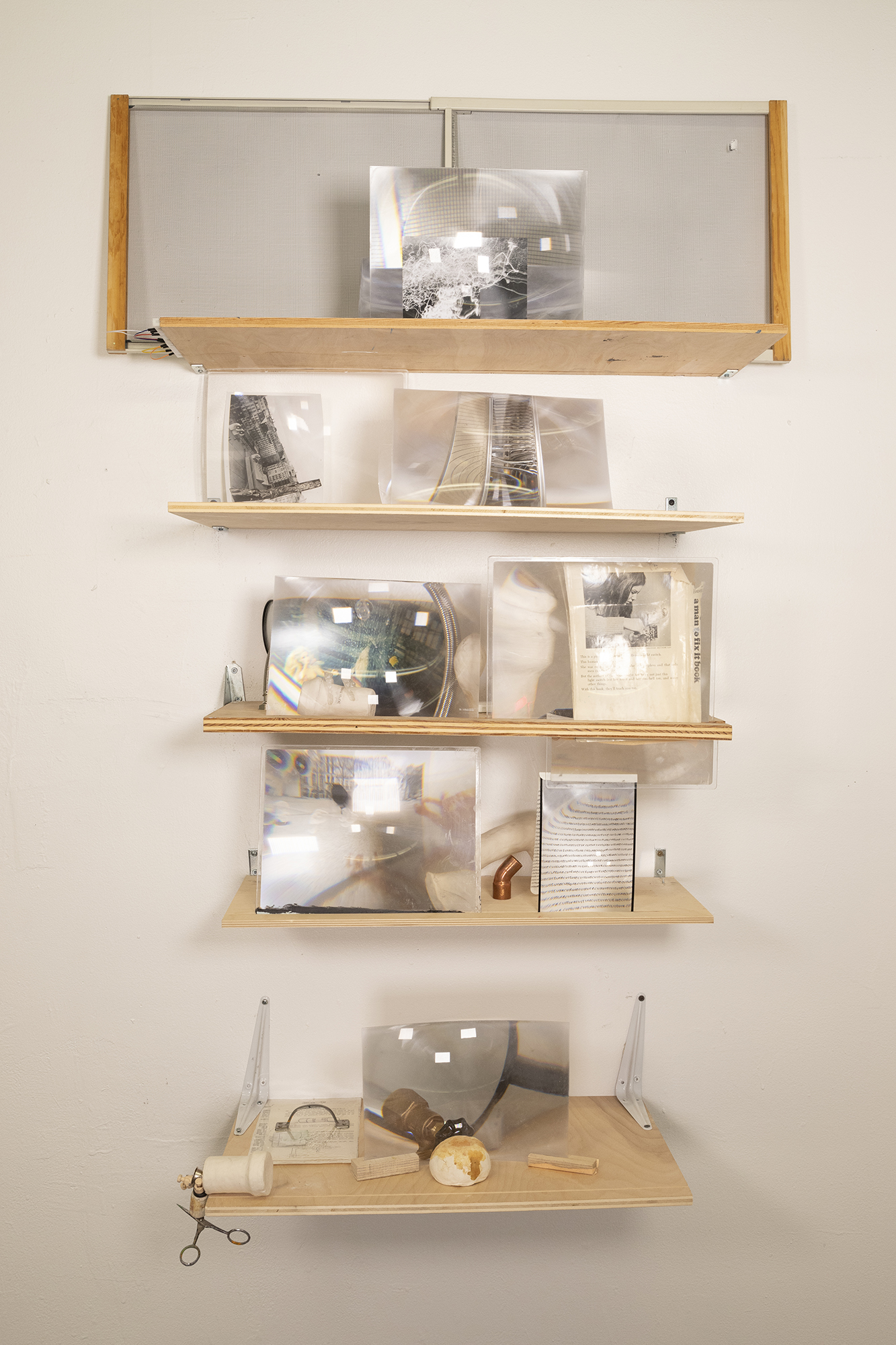
Shelves #1, 2018
30 x 108 x 13 inches
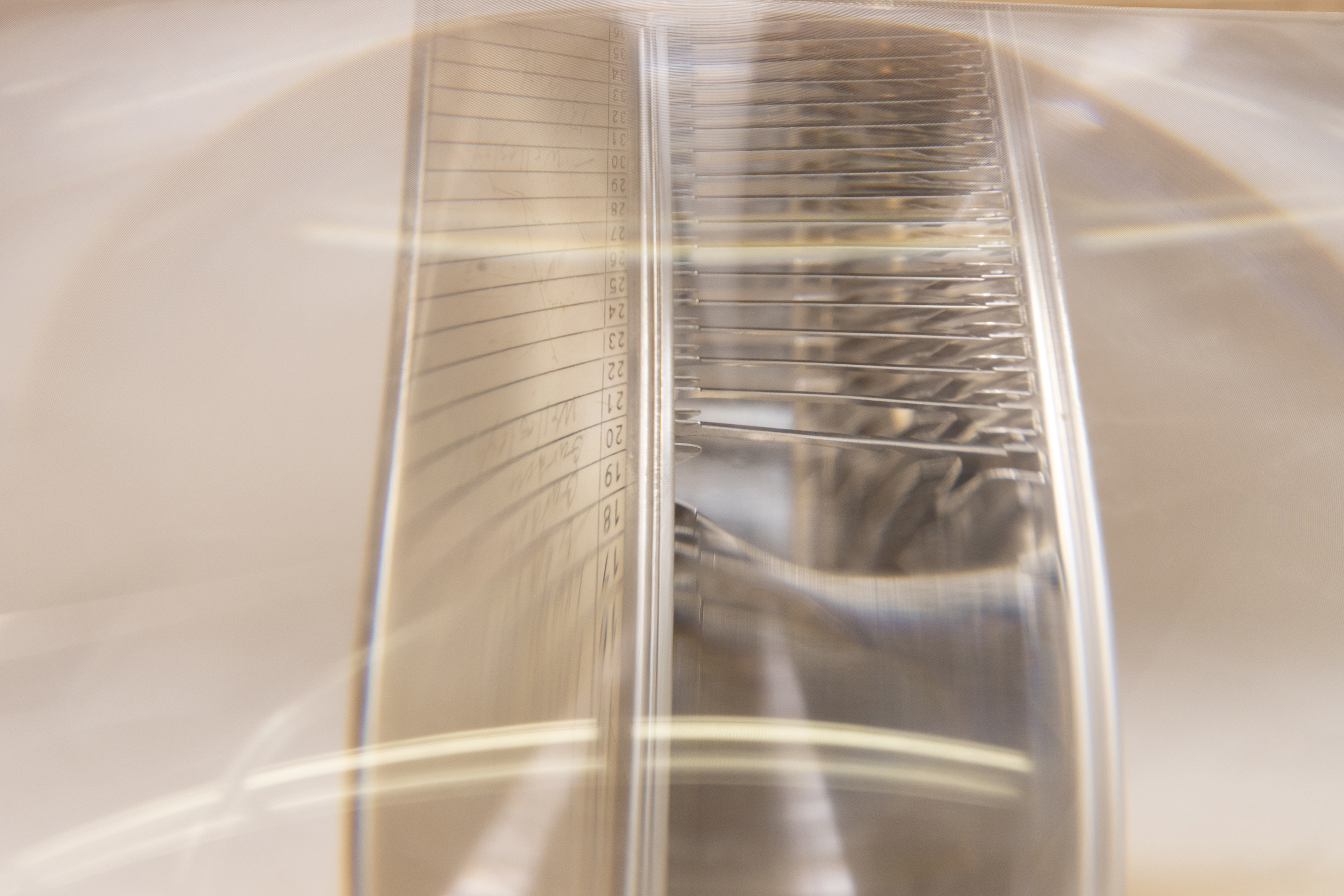
Detail from Shelves #1, 2018
30 x 108 x 13 inches
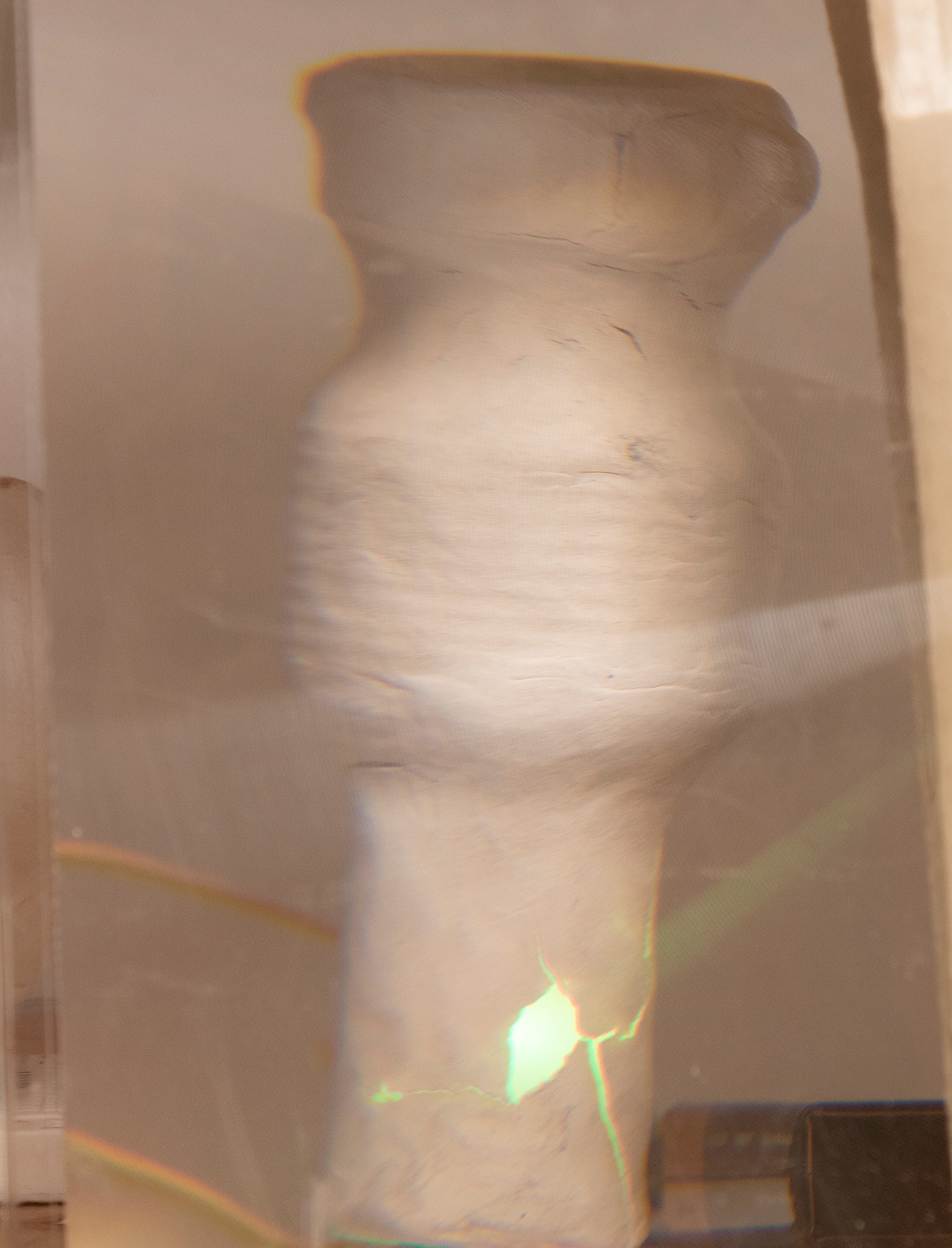
Detail from Shelves #1
30 x 108 x 13 inches

Broken Perspectives, 2018
Oil on canvas, 60 x 72 inches
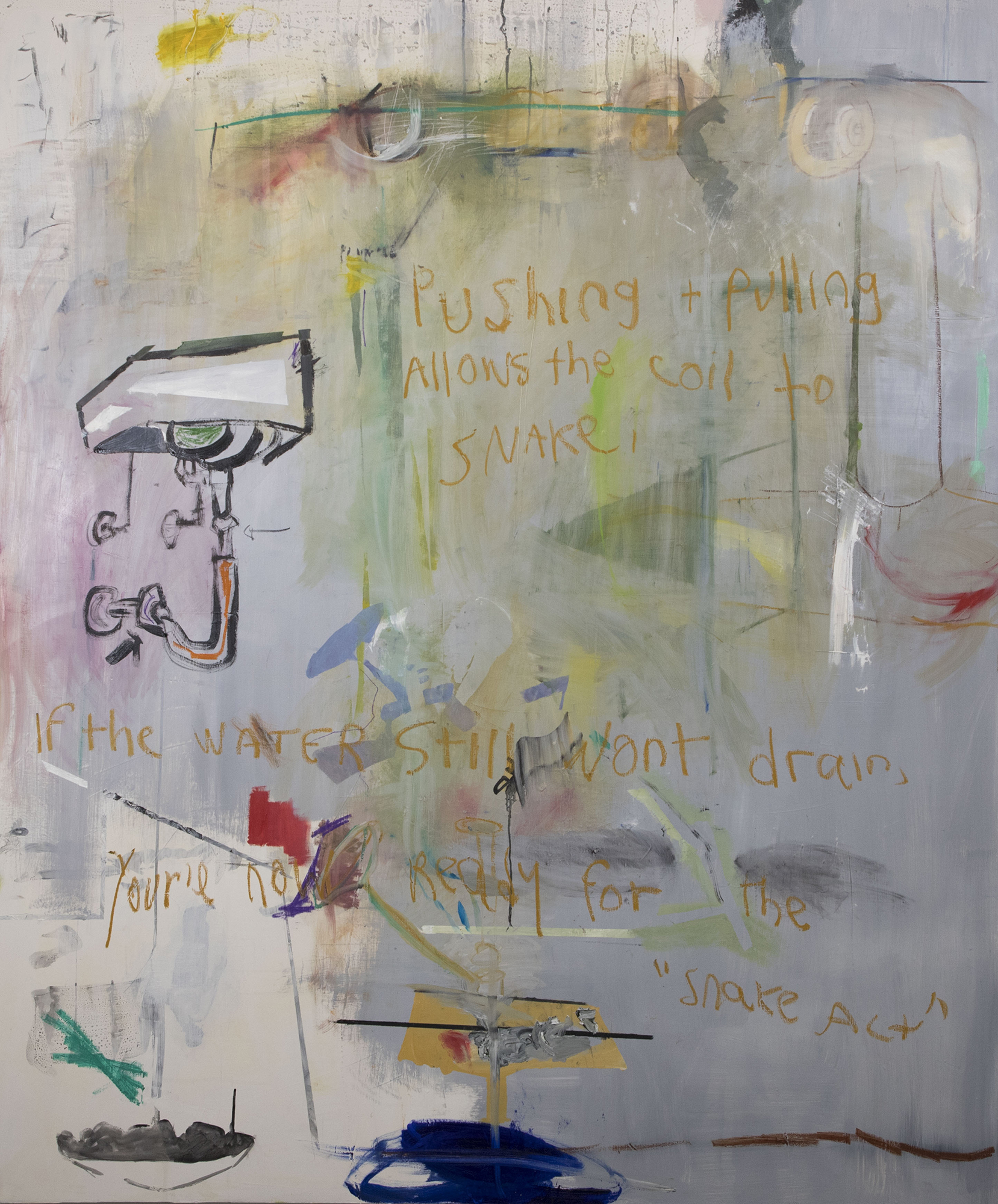
Snake Act, 2018
Oil on canvas, 60 x 72 inches

Detail from Shelves #1 , 2018
30 x 108 x 13 inches
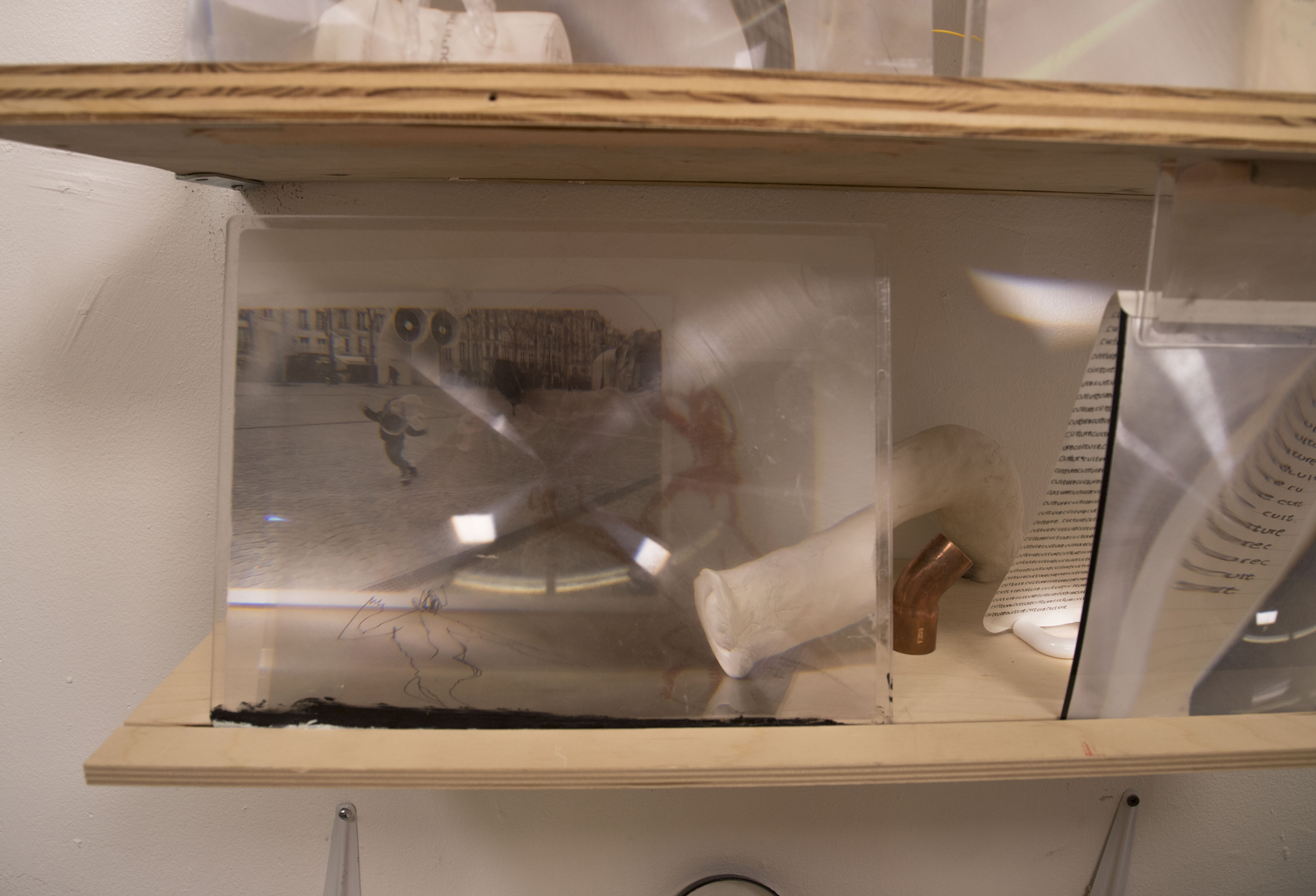
Detail from Shelves #1 , 2018
30 x 108 x 13 inches
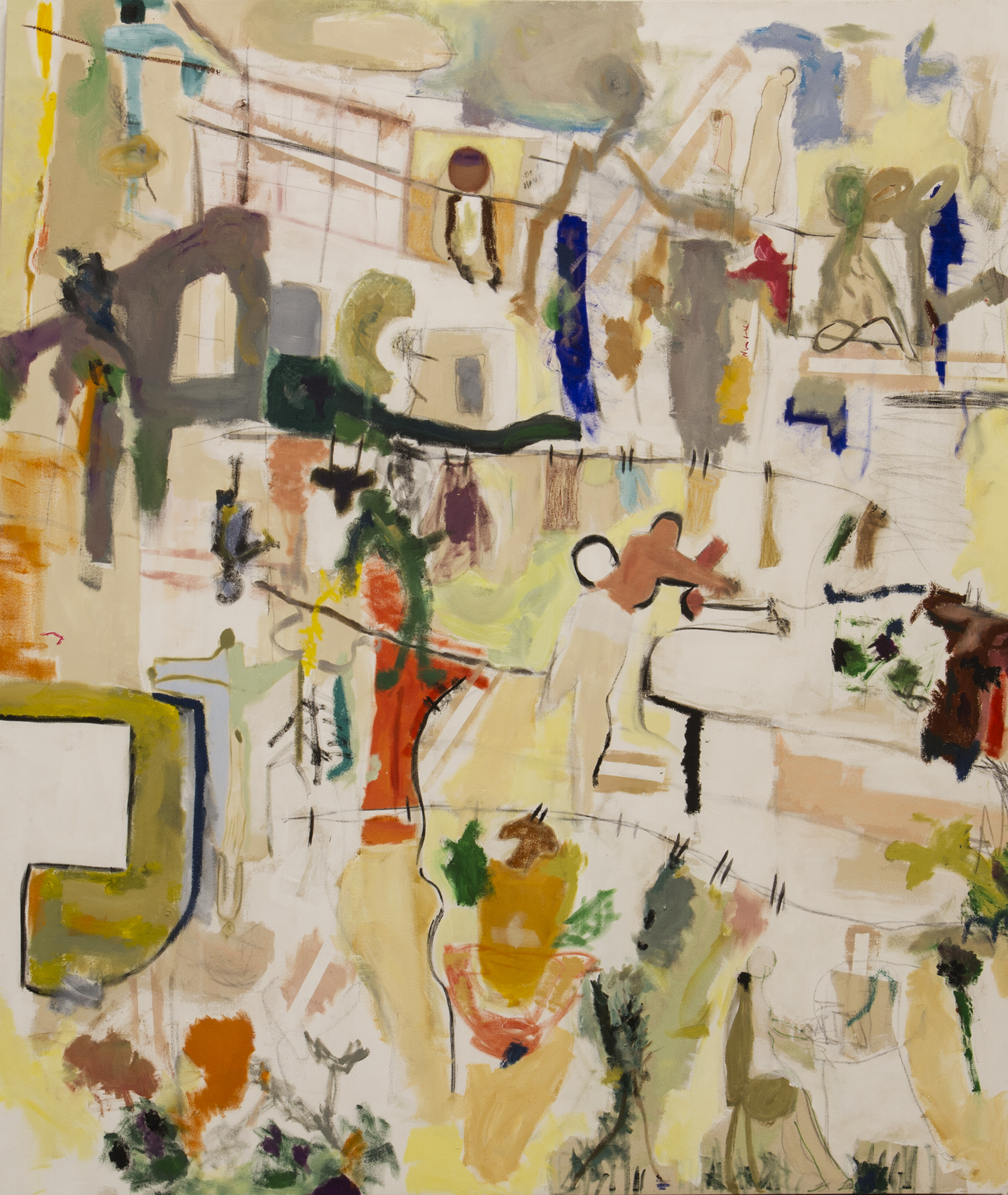
Neighborly Happenings, 2018
Oil on canvas, 60 x 48 inches
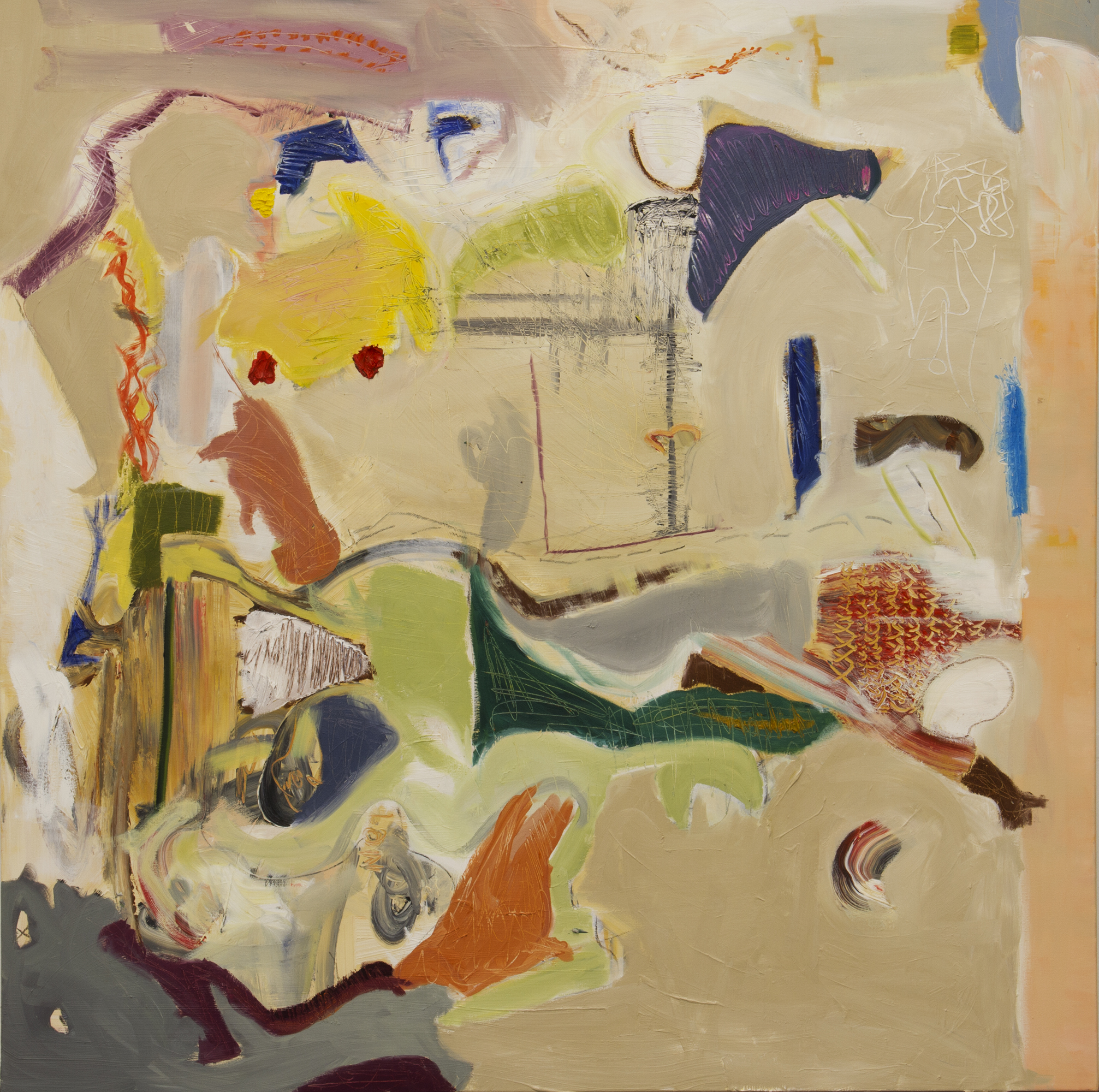
Thumbs Up, 2018
Oil on canvas, 48 x 60 inches
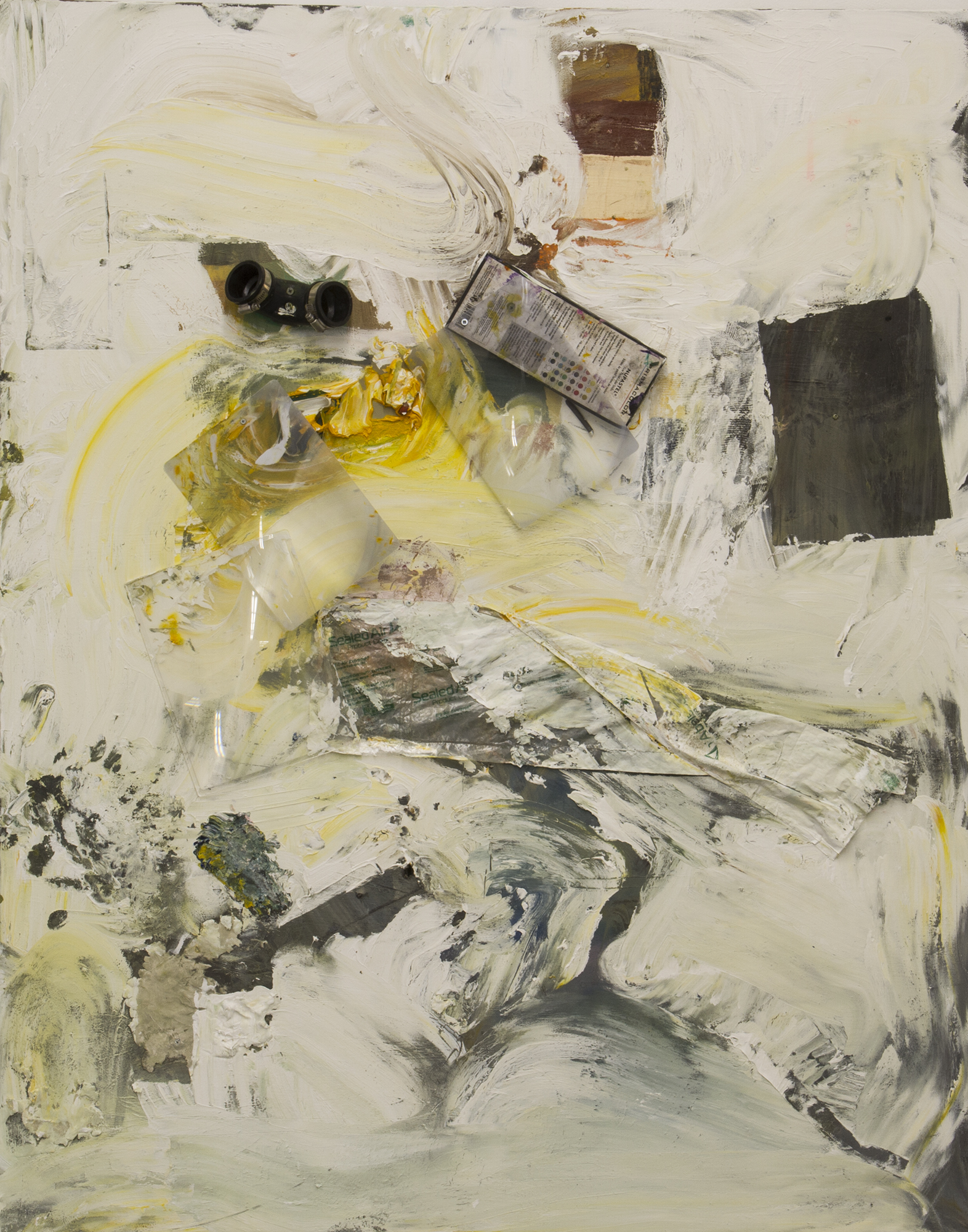
Untitled, 2018
oil, plumbing object, paint kit, plastic, and magnifying sheet on canvas, 60 x 72 inches
Artist Statement
Tunie Betesh’’s practice is a progression of keenly attentive movements, located in the day-to-day shifting of work in the studio. Paintings, mono-prints, photographs, objects, and text, become part of installations that grow over time. Tunie is currently exploring her relationship with technical objects such as drains, magnets, batteries, lights, and circuits, and how gender informs these relationships. Some objects are obsolete, and others are essential components in the surrounding infrastructures of the city and domestic spaces. Ultimately through their appropriation, and distortion, their form, function, and representation becomes abstracted. They ask the spectator to re-evaluate them as both technical and aesthetic objects.